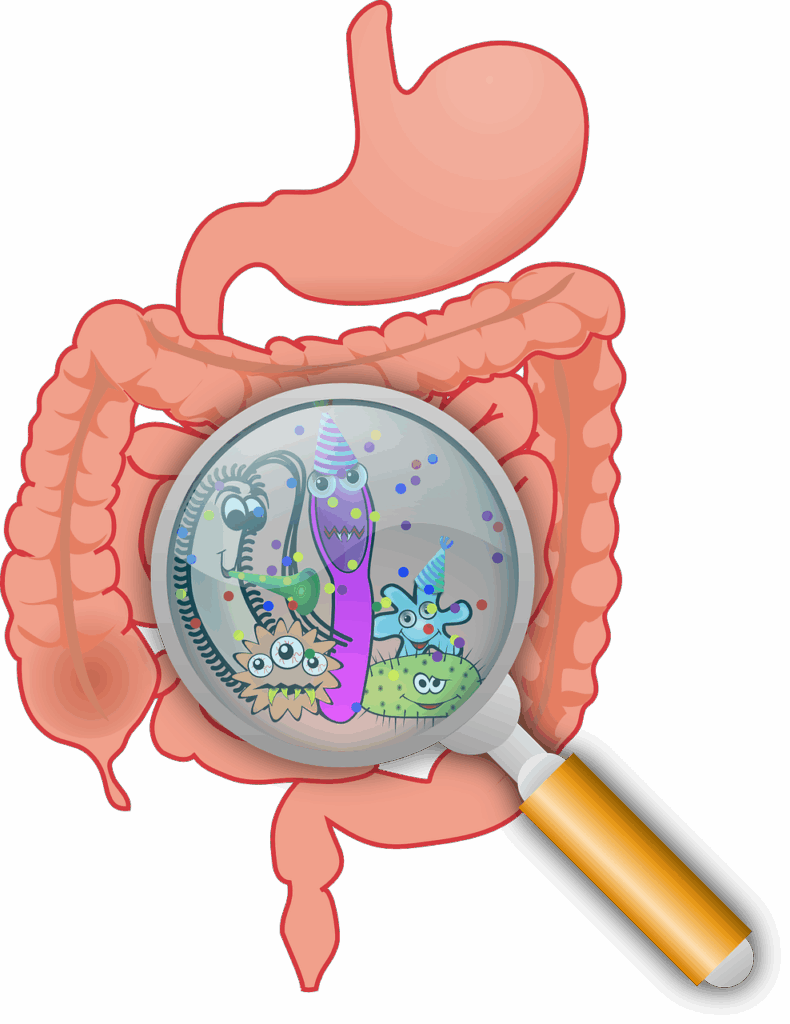
Monitoring the appearance and quality of your stool can provide valuable insights into your overall health and what might be occurring within your digestive system.
Seeing undigested food in stool might worry you first. But it is usually normal to see this thing. It depends on what you just ate too. Sometimes though, this sight means something is wrong. It could be your body breaks down food badly. Or it does not absorb it well at all.
This writing dives into reasons you see food pieces there. Reasons range from simple eating things. Health conditions more complex also cause this. Knowing these causes helps you decide if it’s normal. Or if it needs more closer look by a doctor.

1. **High-Fiber Foods**Foods high in fiber often cause this and is normal. This common reason links right to foods you eat now. Fiber is essential, a nutrient so good for digestion. It helps your bowels move regular like. It also helps manage cholesterol plus blood pressure. Keep a healthy weight, fiber helps with this also.
But fiber is distinct from other nutrients. Your body cannot fully break down fiber at all. Pieces of fiber foods pass intact in stool sometimes. This happens even if your gut works perfect. Enzymes, these are proteins helping changes in body. They does not fully process fiber you eat.
Foods with lots of fiber include beans and grains. Nuts and seeds are fiber-rich also. Raw fruit and vegetables, including skin, has fiber. Corn, kale, and apple skins got cellulose inside. Cellulose is a fiber type our bodies don’t fully digest. Seeing leftovers of such foods is completely normal result. It shows you are eating a healthy, high-fiber diet, yes it does.
2. **Eating Too Fast**How fast you eat food matters a lot. How well you chew plays a big part early on. When you eat quickly, you often chew less food. Chewing is a vital first step breaking down food now.
When you chew your food thoroughly, you break it down into smaller pieces, making it easier for enzymes and stomach acid to do their job effectively; however, if food is not chewed properly, larger chunks can enter the stomach, where strong acids struggle to break them down as completely as smaller pieces.
So, eaters fast might see bigger pieces. Those not chewing well see undigested food in stool. Eating slower helps your digestion much better. Take time chewing food proper always helps. This lowers chance you see particles undigested.
Read more about: Everyday Items People Say Are Now Too Expensive to Justify Buying

Typically, food takes a good 24 to 48 hours to traverse your digestive tract, but there are times when the digestive process speeds up unexpectedly, leading to rapid digestion that may cause issues.
When your digestion occurs too quickly, food doesn’t remain in each stage of digestion long enough for a complete breakdown, potentially hindering nutrient absorption, and this rapid transit can manifest as undigested food in your stool.
A fast digestive pace is often linked to diarrhea, which produces loose or watery stools; factors such as stress can exacerbate this speed, while conditions like Irritable Bowel Syndrome (IBS) and viral infections can also accelerate the digestive process, affecting nutrient absorption.

4. **Celiac Disease**Certain health issues truly impact how digestion works. They can cause undigested food in your stool to appear. **Celiac Disease** is one such condition people get. The immune system attacks small intestine here. This happens when gluten is eaten by you.
When the lining of the small intestine is compromised, it can severely impact your body’s ability to absorb vital nutrients and properly break down food, leading to undigested food appearing in your stool as a sign of trouble.
Celiac causes diarrhea sometimes, this is true. Diarrhea means food moves fast through your gut. When intestine is damaged and transit quickens. Undigested food is more likely present in stool now. This often shows up with other symptoms too. These relate to not absorbing nutrients and gut upset.

Inflammatory Bowel Disease (IBD) encompasses a group of chronic digestive disorders that cause inflammation in parts of the small or large intestine, with well-known conditions like Crohn’s disease and ulcerative colitis falling under this umbrella, disrupting normal digestive function.
The ongoing inflammation and digestive distress associated with IBD can alter gut motility, causing food to move too quickly through your system, akin to rapid digestion or diarrhea, which contributes to the appearance of undigested food.
Because of swelling and fast transit happening. Intestines lack time needed to break food. Or they cannot absorb nutrients effectivily then. This often makes undigested food appear in stool now. Other symptoms of gut swelling happen often then.

Small Intestinal Bacterial Overgrowth, commonly known as SIBO, is a condition characterized by an excess of bacteria in the small intestine, an area that typically harbors fewer bacteria compared to the large intestine, and this imbalance can disrupt normal digestion.
The extra bacteria in small intestine ferment carbohydrates. They interact with things like bile salts. This disrupts food breaking down and absorption ability. **SIBO** known causes symptoms like pain in belly. Bloating and diarrhea happen also, as stated before.
These symptoms are closely linked to poor digestion and accelerated transit times; when food moves through the small intestine too quickly or when excessive bacteria hinder proper breakdown, it increases the likelihood of finding undigested food in stool, indicating a problem with the digestive environment.

In most cases, seeing undigested food in your stool is nothing to worry about—especially if it’s from high-fiber foods or a result of eating too quickly. Simple adjustments like chewing thoroughly and slowing down meals can often resolve the issue.
However, if undigested food is accompanied by persistent diarrhea, abdominal pain, or unexplained weight loss, it may indicate conditions like celiac disease, IBD, or SIBO. Don’t hesitate to consult a healthcare provider if these symptoms persist—addressing underlying issues early can prevent further complications and restore digestive balance.
Related posts:
Undigested Food in Stool: Causes and When To Seek Care
4 Foods to Avoid and 3 You Should Eat While Taking Ozempic
Undigested Food in Stool: Causes and How to Manage It






